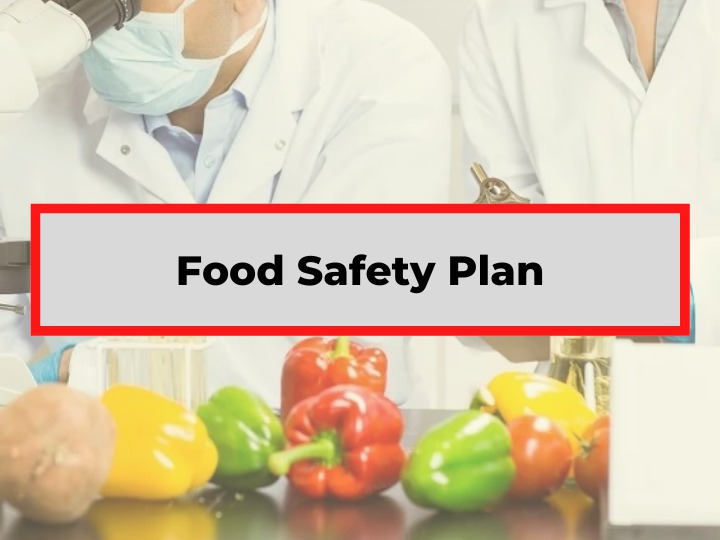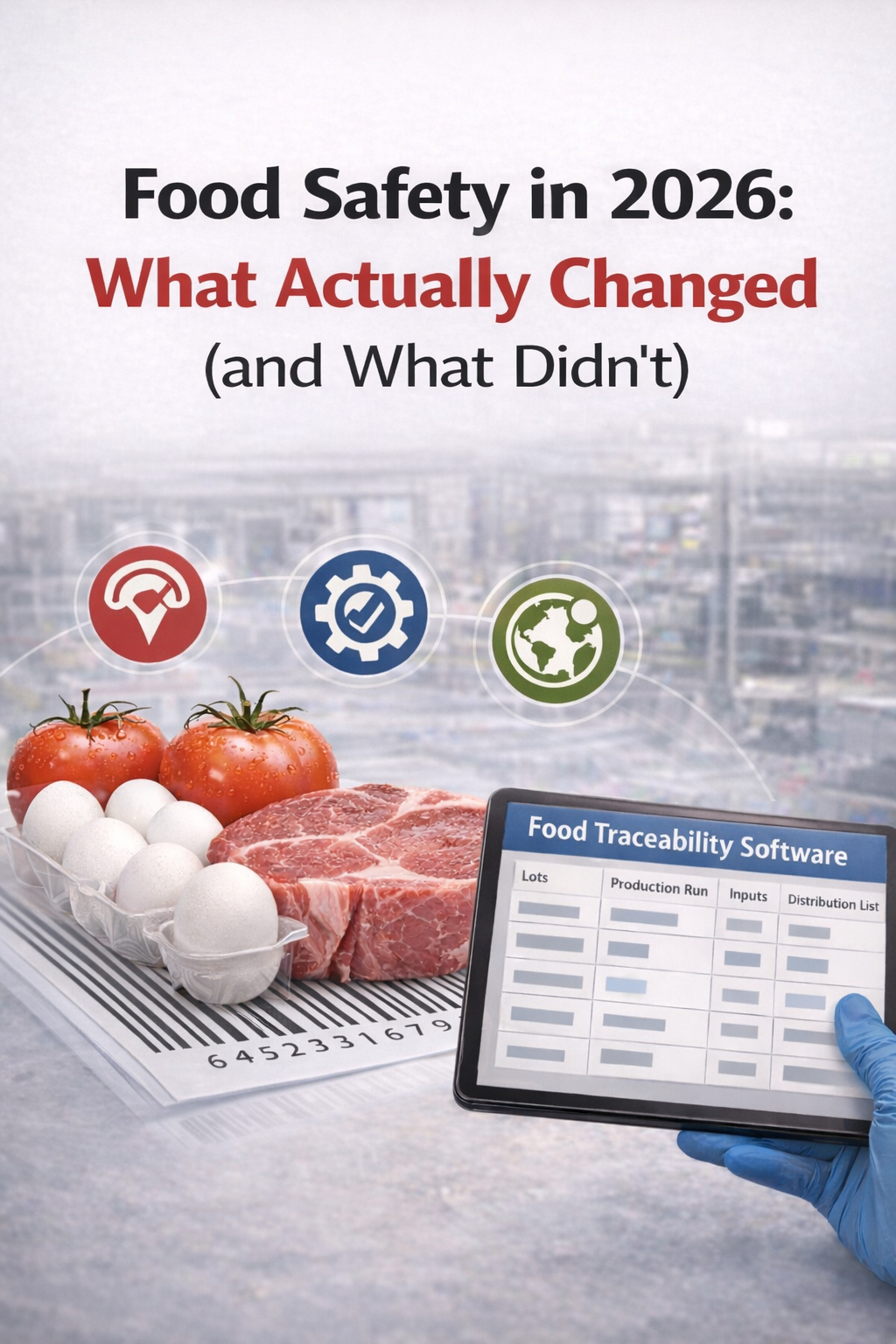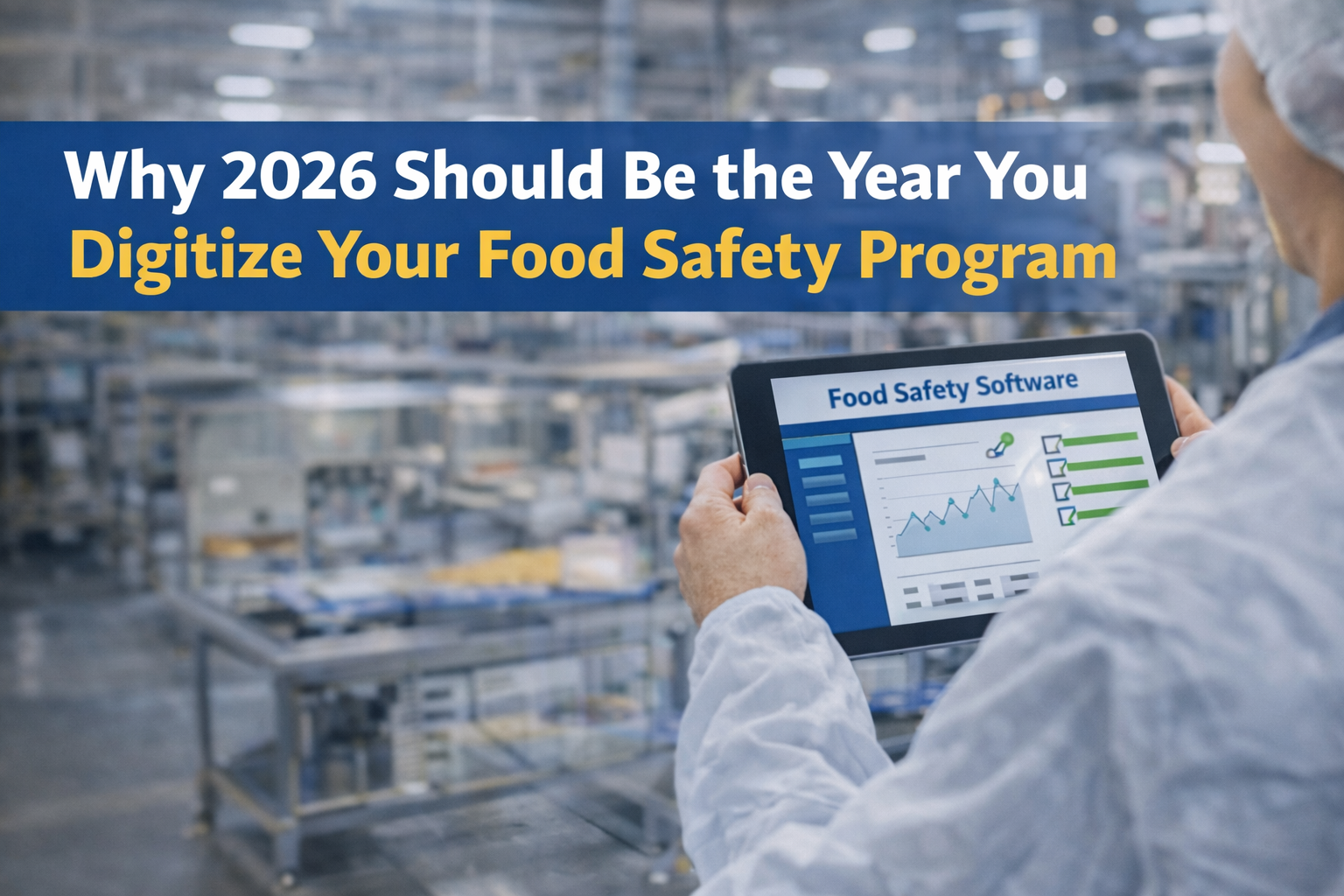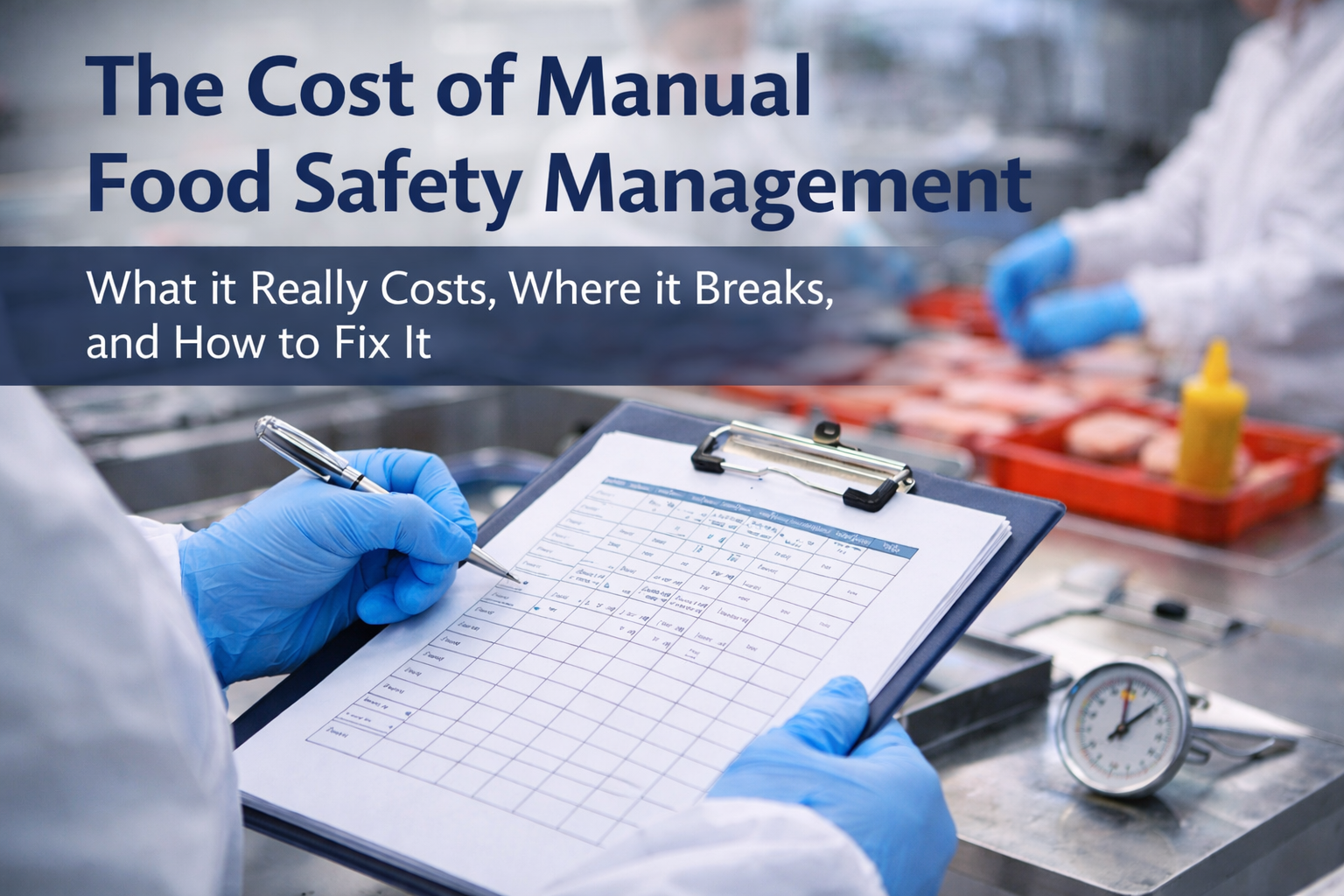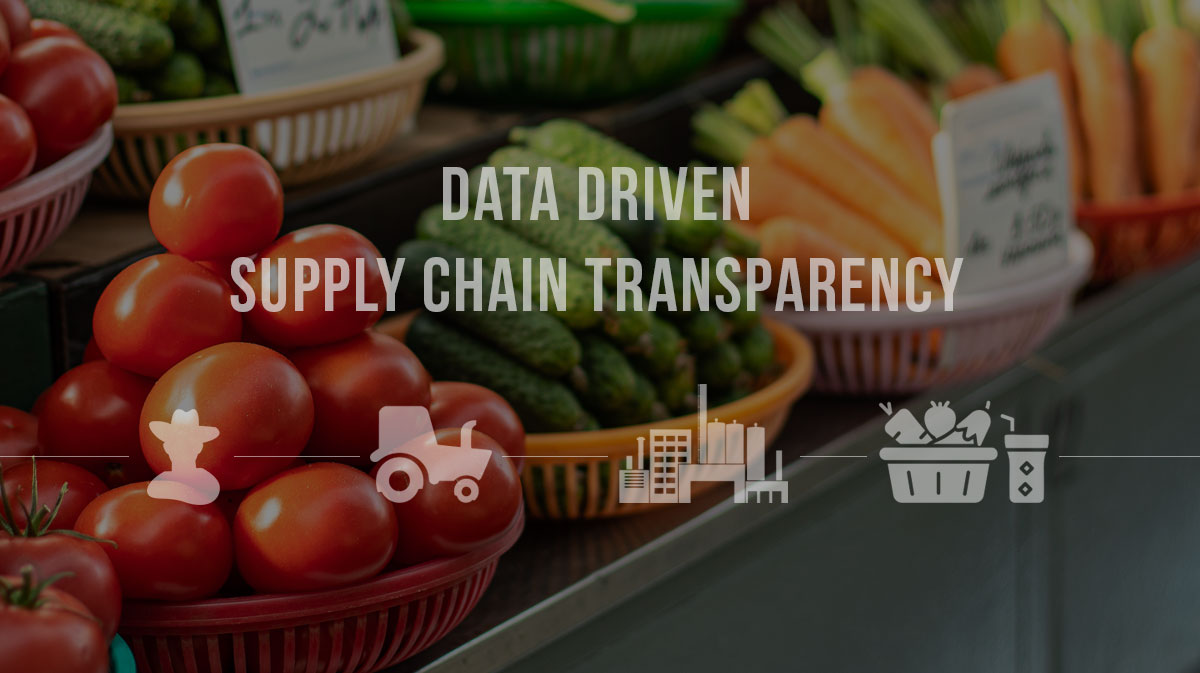Introduction
In the realm of food processing and safety, achieving certification under Hazard Analysis Critical Control Point (HACCP) and the Global Food Safety Initiative (GFSI) is a significant milestone. These certifications are not just badges of compliance; they represent a commitment to food safety and quality that resonates across the entire food supply chain. This blog aims to guide food safety professionals and food processor executives through the comprehensive process of obtaining these certifications.
Understanding HACCP and GFSI
HACCP:
The HACCP system, developed in the 1960s, is a systematic preventive approach to food safety. It identifies physical, chemical, and biological hazards in production processes that can cause the finished product to be unsafe and designs measurements to reduce these risks to a safe level.
GFSI:
The GFSI is a private organization that oversees and approves various food safety standards. A GFSI certification, while not a standard in itself, signifies that the certified company meets one of the food safety standards recognized by GFSI.
The Significance of Certifications
Achieving HACCP and GFSI certifications demonstrates a rigorous commitment to food safety. These certifications can enhance market access, build consumer trust, and improve overall operational efficiency.
Step-by-Step Approach to Certification
Step 1: Understanding the Requirements
• HACCP: Focus on the seven principles of HACCP which include conducting a hazard analysis, determining critical control points (CCPs), establishing critical limits, monitoring procedures, corrective actions, verification procedures, and record-keeping and documentation.
• GFSI: Choose a GFSI-recognized standard (like SQF, BRC, or IFS) that suits your business and understand its specific requirements.
Step 2: Gap Analysis
Conduct a gap analysis to identify the difference between your current processes and the requirements of HACCP/GFSI. This involves a thorough review of your existing food safety procedures, documentation, and practices.
Step 3: Team Formation and Training
Form a food safety team with representatives from various departments. Ensure they are trained in HACCP principles or the chosen GFSI standard. Training should be an ongoing process.
Step 4: Documentation and Record Keeping
Develop a food safety manual that includes your policies, procedures, and records. For HACCP, this will involve developing a HACCP plan. Documentation is critical for both certifications.
Step 5: Implementing the Plan
Put your HACCP plan or GFSI-compliant procedures into action. This involves detailed work, from redesigning processes to retraining staff and adjusting supply chain protocols.
Step 6: Internal Audits and Continuous Improvement
Conduct regular internal audits to ensure compliance. Use the findings to continuously improve your food safety processes.
Step 7: Certification Audit
Once ready, schedule an audit with a licensed certification body. The audit will assess your compliance with HACCP or the chosen GFSI standard.
Step 8: Maintaining Certification
Post-certification, continuously monitor and update your food safety system to maintain compliance and address any new hazards or changes in regulations.
Role of Technology in Achieving and Maintaining Certification
Food Safety Software
Incorporating food safety software can be a game-changer in your journey towards certification. These tools offer:
• Streamlined documentation and record-keeping.
• Real-time monitoring and alerting systems.
• Simplified compliance with food safety standards.
Food Traceability Software
Food traceability software is essential, especially for GFSI compliance. It allows:
• Tracking the movement of food through the supply chain.
• Quick response in the event of a food safety incident.
• Enhanced transparency and accountability.
Examples and Case Studies
Example 1: Implementing HACCP in a Dairy Plant
A medium-sized dairy plant employed a comprehensive HACCP plan to address biological hazards like Listeria. The plan included regular product and surface testing, stringent sanitization protocols, and employee hygiene training. The implementation led to a notable reduction in contamination risks.
Example 2: Achieving GFSI Certification in a Fresh Produce Company
A fresh produce company opted for SQF certification under GFSI. They integrated a food safety software system for better record management and traceability. The software helped in effectively managing their suppliers and maintaining detailed records of safety checks.
Conclusion
Navigating the path to HACCP and GFSI certifications can be intricate but immensely rewarding. It involves a commitment to continuous improvement and a willingness to integrate new technologies and practices for better food safety management.
If you’re looking to enhance your food safety journey with the latest in food safety and traceability software, consider exploring our solutions. Book a demo



